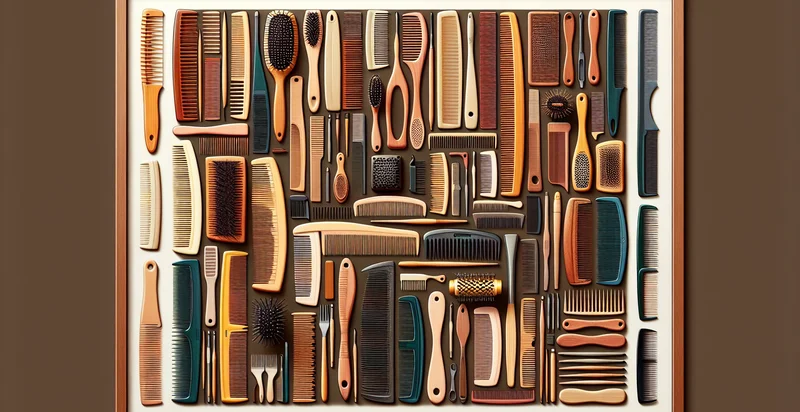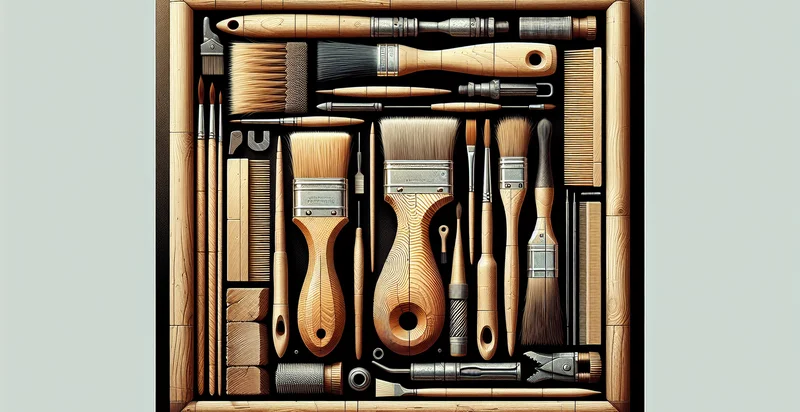Identify what material a shuttlecock is made from
using AI
Below is a free classifier to identify what material a shuttlecock is made from. Just upload your image, and our AI will predict what material a shuttlecock is made from - in just seconds.

Contact us for API access
Or, use Nyckel to build highly-accurate custom classifiers in just minutes. No PhD required.
Get started
import nyckel
credentials = nyckel.Credentials("YOUR_CLIENT_ID", "YOUR_CLIENT_SECRET")
nyckel.invoke("what-material-a-shuttlecock-is-made-from", "your_image_url", credentials)
fetch('https://www.nyckel.com/v1/functions/what-material-a-shuttlecock-is-made-from/invoke', {
method: 'POST',
headers: {
'Authorization': 'Bearer ' + 'YOUR_BEARER_TOKEN',
'Content-Type': 'application/json',
},
body: JSON.stringify(
{"data": "your_image_url"}
)
})
.then(response => response.json())
.then(data => console.log(data));
curl -X POST \
-H "Content-Type: application/json" \
-H "Authorization: Bearer YOUR_BEARER_TOKEN" \
-d '{"data": "your_image_url"}' \
https://www.nyckel.com/v1/functions/what-material-a-shuttlecock-is-made-from/invoke
How this classifier works
To start, upload your image. Our AI tool will then predict what material a shuttlecock is made from.
This pretrained image model uses a Nyckel-created dataset and has 10 labels, including Composite, Cork, Fabric, Feather, Hemp, Metal, Nylon, Plastic, Silicone and Wood.
We'll also show a confidence score (the higher the number, the more confident the AI model is around what material a shuttlecock is made from).
Whether you're just curious or building what material a shuttlecock is made from detection into your application, we hope our classifier proves helpful.
Related Classifiers
Need to identify what material a shuttlecock is made from at scale?
Get API or Zapier access to this classifier for free. It's perfect for:
- Quality Control in Manufacturing: This function can automate the quality control process in shuttlecock production lines, ensuring that only products made from specified materials like goose feathers or nylon pass inspection. By identifying materials, manufacturers can maintain consistent quality and reduce human error in the assessment process.
- Supply Chain Transparency: Distributors can use the material identification function to authenticate the source and composition of shuttlecocks throughout the supply chain. This helps in verifying claims of sustainability or brand authenticity, building trust with retailers and consumers.
- Product Development Insights: R&D teams in sports equipment companies can utilize this function to analyze competitor products made from different materials. This data-driven approach allows for informed decisions in developing superior shuttlecocks that outperform existing options in terms of durability and playability.
- Market Research and Trend Analysis: Marketing teams can leverage material identification data to understand consumer preferences and trends regarding shuttlecock materials. This insight can inform product positioning and targeted marketing strategies based on popular materials in different demographics or regions.
- Customization Services: Businesses offering custom shuttlecock manufacturing can use the function to cater to specific customer requests for materials. By accurately identifying and providing various options based on material properties, companies can enhance customer satisfaction and loyalty.
- Sports Retail Inventory Management: Retailers can implement this function to improve inventory management by categorizing shuttlecocks based on their materials. This enables better stock control, helps in responding to consumer demand for particular types of shuttlecocks, and aids in promotional strategies.
- Sustainability Assessment: Organizations focused on sustainability can utilize material identification to assess and report on the environmental impact of shuttlecocks. By identifying materials and their sourcing practices, companies can develop more environmentally friendly products and promote responsible consumption.


